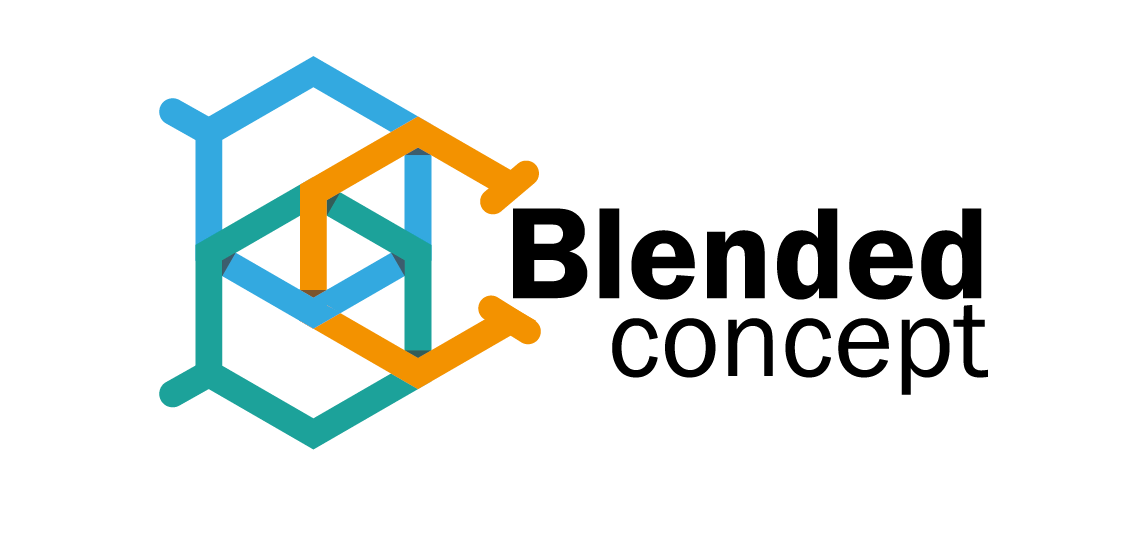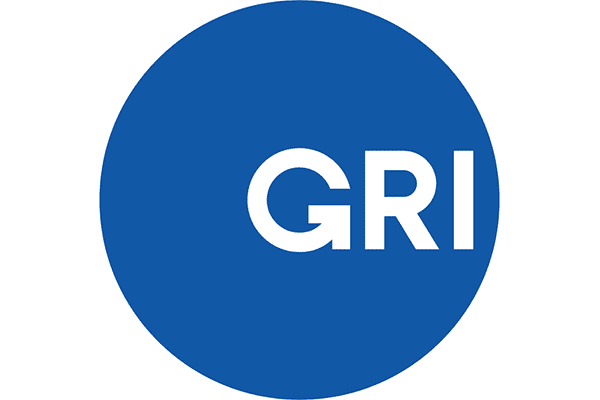How A.I. is Changing Human Resource Management

STORY HIGHLIGHTS
Artificial intelligence is being used to automate various tasks in human resource management, such as sourcing and screening job candidates, tracking and analyzing employee performance data, and optimizing compensation and benefits packages.
AI can be used to create personalized learning and development programs and to predict future workforce needs, helping organizations attract and retain top talent.
It is important for HR professionals to be mindful of the potential ethical implications of using AI in HRM and to ensure that the use of AI is aligned with the values and goals of the organization.
Introduction
Artificial intelligence (AI) is rapidly changing the way we live and work, and the field of human resource management (HRM) is no exception. AI is being used to automate many HR tasks, such as sourcing and screening job candidates, tracking and analyzing employee performance data, and optimizing compensation and benefits packages. Additionally, AI can be used to create personalized learning and development programs and to predict future workforce needs, helping organizations attract and retain top talent. In this article, we will evaluate specific HR functions and how AI is changing the landscape rapidly.
HRM Processes
Talent acquisition
AI can help automate the process of sourcing and screening job candidates, allowing HR professionals to focus on more high-level tasks such as interviewing and onboarding.
Sourcing and screening candidates: AI can be used to scan resumes and job applications for specific keywords and qualifications, allowing HR professionals to quickly identify and shortlist the most qualified candidates. Today, there are many online software that makes hiring so much easier for HR professionals.
Predictive hiring: AI can be used to analyze data from past hires to identify patterns and predict which candidates are most likely to be successful in a particular role. This can help HR professionals make more informed hiring decisions.
Candidate experience: AI chatbots can be used to communicate with candidates and answer their questions, improving the candidate experience and freeing up HR professionals to focus on other tasks.
Interview scheduling: AI can be used to schedule interviews with candidates and notify them of their interview times, streamlining the process and reducing the workload for HR professionals.
Overall, AI can greatly enhance the efficiency and effectiveness of the talent acquisition process, allowing HR professionals to focus on more high-level tasks such as interviewing and onboarding.

HR professionals can spend more quality time to speak to the right candidate.
Performance Management
AI can be used to track and analyze employee performance data, providing insights that can help managers identify areas for improvement and support employee development.
Tracking and analyzing employee data: AI can be used to track and analyze data on employee performance, such as attendance, productivity, and quality of work. This data can provide insights that can help managers identify areas for improvement and support employee development.
Performance feedback: AI can be used to provide employees with real-time feedback on their performance, helping them to identify areas for improvement and providing guidance on how to progress in their careers. While KPIs are often measured and set at the end of the year, the availability of data could lead to micro-management of performance.
Goal setting: AI can be used to help employees set and track their goals, providing personalized support and coaching to help them achieve their objectives.
Succession planning: AI can be used to identify high-potential employees and predict who is most likely to succeed in leadership roles, helping organizations plan for the future and develop their talent.
Learning and Development
AI can be used to create personalized learning and development programs, helping employees develop the skills they need to succeed in their roles. At some organisations, AI has been deployed in the following ways:
Personalized learning: AI can be used to create personalized learning plans for each employee, taking into account their strengths, weaknesses, and career goals. This can help employees develop the skills they need to succeed in their roles and advance their careers.
Adaptive learning: AI can be used to create adaptive learning systems that adjust the content and pace of learning based on an individual’s progress. This can help ensure that employees are learning at a pace that is comfortable for them and that they are retaining the material.
Gamification: AI can be used to create engaging, interactive learning experiences that are more engaging and enjoyable for employees. This can help increase motivation and retention of the material being learned.
Predictive analytics: AI can be used to analyze data on employee performance and identify areas where additional training may be needed. This can help organizations proactively address potential skill gaps and ensure that their employees have the skills they need to succeed.

While we recognise that everyone has diverse ways of learning, AI can be the ultimate solution to highly customised learning pathways for individuals.
Compensation and Benefits
AI can be used to analyze and optimize compensation and benefits packages, ensuring that employees are fairly compensated and that the organization is attracting and retaining top talent.
Analyzing and optimizing compensation: AI can be used to analyze data on employee salaries, job titles, and other factors to help organizations determine appropriate compensation levels for each role. AI can also be used to optimize compensation packages to ensure that they are fair and competitive, helping organizations attract and retain top talent.
Personalizing benefits: AI can be used to create personalized benefits packages for each employee based on their needs and preferences. This can help ensure that employees are receiving the benefits that are most valuable to them and that the organization is getting the most value from its benefits budget.
Managing employee benefits: AI can be used to automate the process of enrolling employees in benefits programs and managing their benefits accounts. This can help reduce the workload for HR professionals and improve the employee experience.
Analyzing employee engagement: AI can be used to analyze data on employee engagement and satisfaction with their compensation and benefits packages. This can help organizations identify areas for improvement and ensure that their employees feel valued and supported.
Workforce Planning
AI can be used to predict future workforce needs and identify potential skill shortages, allowing HR professionals to proactively plan for the future.
Predicting future workforce needs: AI can be used to analyze data on past workforce trends and patterns to predict future workforce needs. This can help organizations proactively plan for the future and ensure that they have the right mix of skills and expertise to meet the needs of the business.
Identifying skill shortages: AI can be used to analyze data on employee skills and job requirements to identify potential skill shortages. This can help organizations proactively address skill gaps and ensure that they have the necessary talent to meet the needs of the business.
Forecasting demand for products and services: AI can be used to analyze data on past sales and market trends to forecast demand for products and services. This can help organizations plan their workforce needs in advance and ensure that they have the necessary resources to meet demand.
Improving succession planning: AI can be used to identify high-potential employees and predict who is most likely to succeed in leadership roles. This can help organizations plan for the future and ensure that they have the necessary talent to meet the needs of the business.
Worrying Trends

Like all new technology, AI has the potential to displace jobs that are repetitive and routine in nature.
There are a few potential concerns or worrying trends related to the use of artificial intelligence (AI) in human resource management (HRM). Some of these include:
Bias in AI: AI systems can be biased if the data they are trained on is biased. This can lead to unfair treatment of certain groups of employees, such as those from underrepresented backgrounds. It is important for organizations to be mindful of this potential issue and to take steps to mitigate bias in their AI systems.
Displacement of jobs: There is a concern that AI could lead to the displacement of jobs, particularly those that involve repetitive or routine tasks. It is important for organizations to be mindful of this potential issue and to ensure that employees are provided with the training and support they need to adapt to changing job requirements.
Ethical concerns: The use of AI in HRM raises a number of ethical concerns, such as the potential for privacy violations and the impact on employee autonomy and decision-making. It is important for organizations to be transparent about their use of AI and to consider the ethical implications of their AI systems.
Resistance to change: There may be resistance to the adoption of AI in HRM from employees who are concerned about job security or who are unsure about how the technology will be used. It is important for organizations to be proactive in addressing these concerns and to ensure that employees are educated about the benefits of AI and how it will be used in the organization.
Final Thoughts
AI has the potential to greatly enhance the efficiency and effectiveness of HRM. AI can be used to automate many HR tasks, such as sourcing and screening job candidates, tracking and analyzing employee performance data, and optimizing compensation and benefits packages. Additionally, AI can be used to create personalized learning and development programs and to predict future workforce needs, helping organizations attract and retain top talent. However, there are also potential concerns and ethical implications associated with the use of AI in HRM. There is a risk of bias in AI systems, the potential displacement of jobs, and ethical concerns such as privacy violations and the impact on employee autonomy and decision-making. It is important for organizations to be mindful of these potential issues and to take steps to address them as they adopt AI in HRM. Overall, the use of AI in HRM has the potential to bring many benefits, but it is important for organizations to carefully consider the pros and cons and to ensure that their use of AI is aligned with their values and goals.
- Blended Concept
- December 28, 2022
- 4:41 pm


